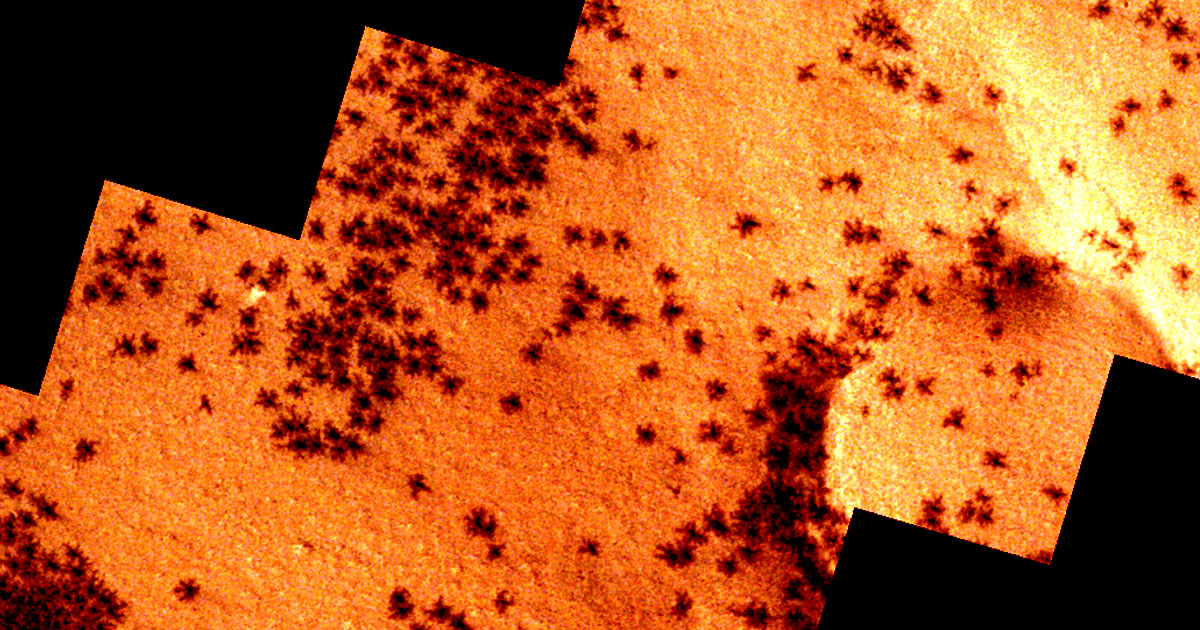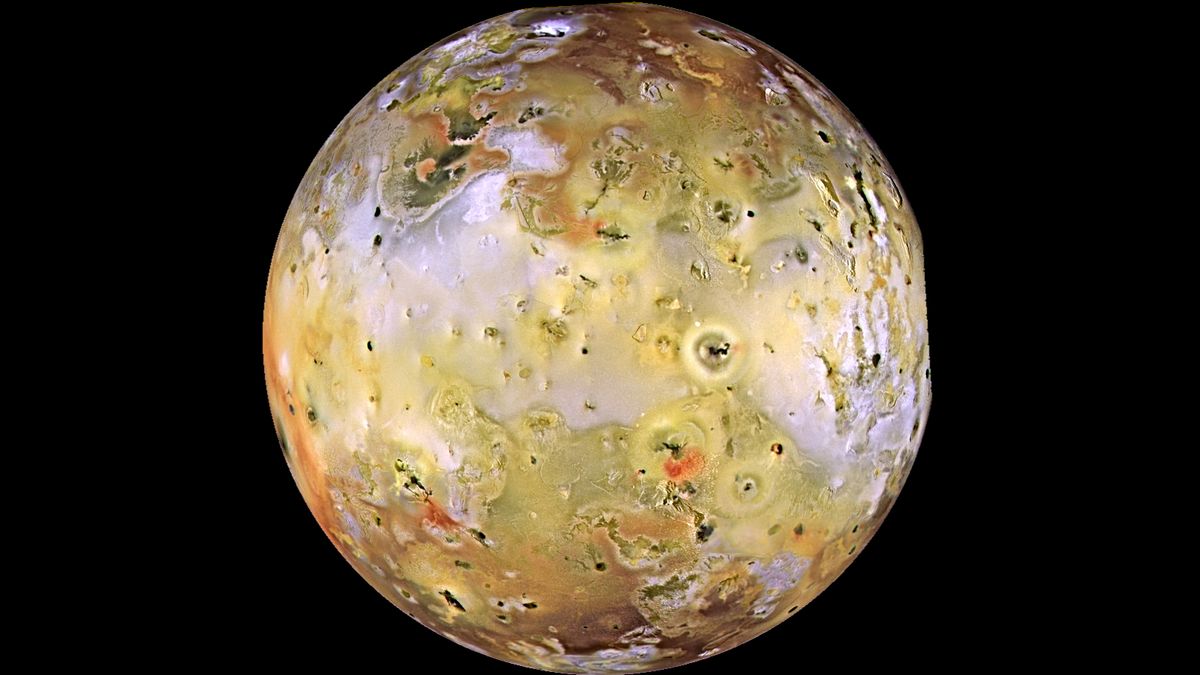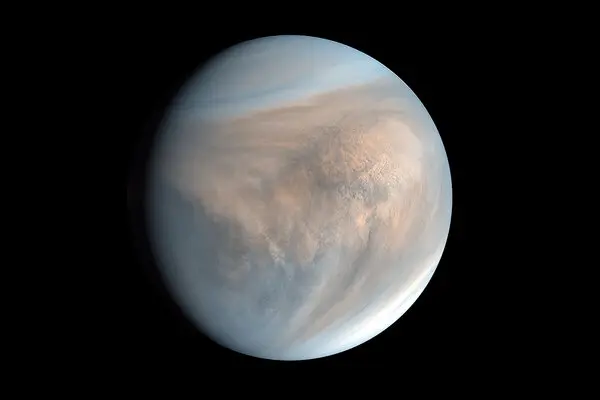
These so called "spiders" are the result of a complex geological process that causes carbon dioxide to sublimate, digging up darker material from below the surface during the planet's spring.

Imagery from the solar-powered spacecraft provides close-ups of intriguing features on the hellish Jovian moon.

469219 Kamo’oalewa as a near-Earth asteroid and a quasi-satellite to Earth. However, in 2021, astronomers using spectroscopy revealed that Kamo’oalewa might in fact be a piece of the moon.

BepiColombo made two flybys of Venus on its journey to Mercury. The spacecraft found carbon and oxygen escaping into space in a previously unexplored region of Venus’ magnetosphere.

NASA has given the green light for the nuclear-powered v rotorcraft to explore Saturn's largest moon, Titan. Approval for the 2028 interplanetary mission comes after years of delay due to COVID-19 and a series of cost overruns.

Ceres, the largest asteroid in our solar system, harbors a dark secret: extremely young ice deposits in permanently shadowed craters near its poles.

The experts attribute the formation of the unique heart-shaped terrain to a colossal oblique-angle collision with a celestial body approximately 700 kilometers in diameter – roughly twice the size of Switzerland from east to west.

Scientists seem to have figured out why the Moon is made up of such weird and heavy rocks - way back in the day, it turned itself inside out.

The White House in U.S. has recently directed NASA to establish a unified standard of time for the moon and other celestial bodies.

The differential rotation seems to be reined in by long-period oscillations of sound waves in the convection zone that can be detected on the surface as swirling motions around the poles.

A team of scientists have found that a single meteorite was likely responsible for creating billions of craters on the Martian surface.

Although more eroded and not as tall, the newly discovered volcano rivals the others in diameter. It’s about 450 km across. The volcano sits on the eastern edge of a broad rise called Tharsis, home to 3 other well-known giant volcanoes.

Using NASA’s Juno spacecraft, scientists have calculated the rate of oxygen production on Jupiter’s moon Europa — the first time any spacecraft had directly measured charged oxygen and hydrogen particles from the moon’s atmosphere.

Bits of glass called Hiroshimaites may have formed by processes similar to those that formed the Sun and the planets.

Japan's moon lander has been put back to sleep after it surprisingly survived the freezing, two-week lunar night, the country's space agency said, with another operation attempt scheduled for later this month.